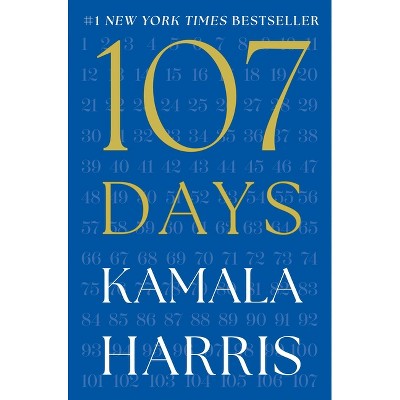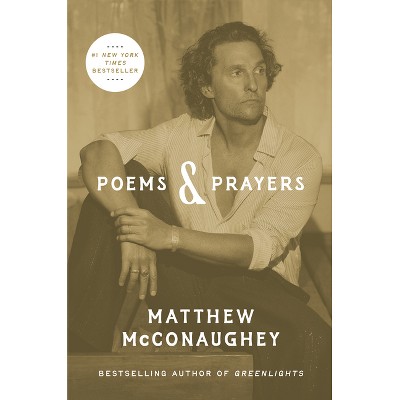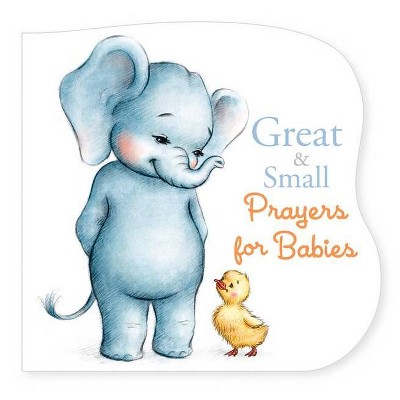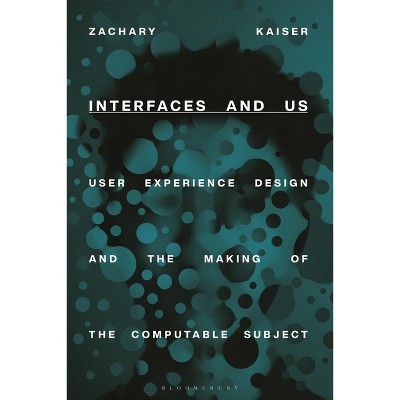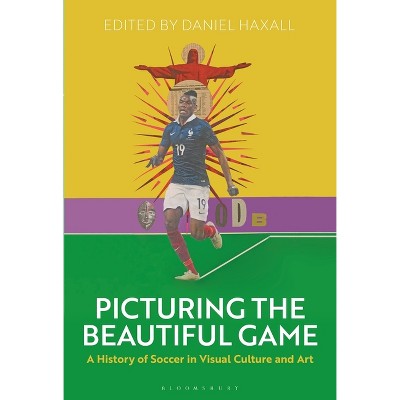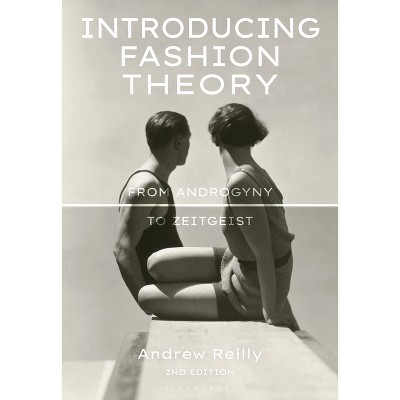Sponsored

Female Art and Agency in Yugoslavia, 1971-2001 - by Anja Foerschner (Paperback)
Pre-order
Sponsored
About this item
Highlights
- Despite having become marginalized on the map of contemporary art since the wars of the 1990s, the regions of former Yugoslavia continue to be a hub of creative activity.
- About the Author: Anja Foerschner is an art historian and curator of contemporary art focusing on feminist art, performance art, and art from the regions of Eastern Europe.
- 202 Pages
- Art, Women Artists
Description
About the Book
"Despite having become marginalized on the map of contemporary art since the Yugoslav wars of the 1990s, Belgrade continues to be a hub of creative activity. Especially noteworthy is the strong presence of women artists, scholars, and activists whose deeply personal, yet highly political artwork is rooted in the city's strong legacy of female and feminist artists and agents, which, in the canon of Western-dominated art history, remain under-acknowledged. This book offers the first comprehensive study of female and feminist artists and agents in former Yugoslavia since the 1970s, showing how female agents have through their art works, exhibitions, writings, mentorship, and activism shaped the alternative art scene of former Yugoslavia and its successor states. Using the founding of the Student Cultural Center Belgrade in 1971 as a starting point, the book details the pioneering work of women in the realm of curation, where they developed radical exhibition concepts and programs that furthered the development of the New Art Practice and embedded Yugoslavia firmly on the map of the international postwar-avantgardes. It highlights the agency of female artists in the then-novel realms of performance art, video art, and new media art and shows how their work has helped these disciplines to gain the impact they retain until the present day. What is more, it shows how female cultural workers have courageously used their work to further the discourse on gender, sexuality, and the female body and, at a time when they saw themselves stripped of basic rights by the chauvinist-nationalist regimes emerging after Yugoslavia's breakup, formed a strong artistic and activist opposition. Highlighting the role of women in the diversification of the ex-Yugoslavia states and their highly unique cultural and political landscape, this book provides the first comprehensive study of it kind, addressing the noticeable gap in art historical scholarship that exists not only around Yugoslavia and its successor states, but especially on its female representatives"--Book Synopsis
Despite having become marginalized on the map of contemporary art since the wars of the 1990s, the regions of former Yugoslavia continue to be a hub of creative activity. Especially noteworthy is the strong presence of women artists, scholars, and activists whose deeply personal, yet highly political artwork is rooted in a long legacy of female artistic agency. Building on existing scholarship as well as original research, this book highlights how female figures - through art and exhibition making, writing, mentorship, and activism - have shaped the alternative art scene in former Yugoslavia and placed the region firmly on the map of the international post-avantgarde.
Using the founding of the Student Cultural Center Belgrade in 1971 as a starting point, the book details the pioneering work of women in the realm of curation, where they developed radical exhibition concepts and programs that furthered the development of the New Art Practice and embedded Yugoslavia firmly on the map of the international postwar-avantgardes. It highlights the agency of female artists in the then-novel realms of performance art, video art, and new media art and shows how their work has helped these disciplines to gain the impact they retain until the present day. What is more, it shows how female cultural workers have courageously used their work to further the discourse on gender, sexuality, and the female body and, at a time when they saw themselves stripped of basic rights by the chauvinist-nationalist regimes emerging after Yugoslavia's breakup, formed a strong artistic and activist opposition. Highlighting the role of women in the diversification of the ex-Yugoslavia states and its highly unique cultural and political landscape, this book addresses the noticeable gap in art historical scholarship that exists not only around Yugoslavia and its successor states, but especially on its female representatives.Review Quotes
"Exploring the realms of female art and agency in Yugoslavia and its successor states from the 1970s to the 1990s, this insightful overview delves into the intersection of women's creativity and its broader political and social implications. Presenting a diverse range of case studies spanning curatorial practices, video and media art, performance, and art activism, the book vividly illustrates the genuine, immediate, and unfiltered nature of women's creative expressions throughout the (Post)-Yugoslav territory." --Katalin Cseh-Varga, Hertha Firnberg Fellow, the Institute of Art Theory and Cultural Studies, Academy of Fine Arts Vienna, Austria
"An important contribution to recent scholarship on the history of women and art in Eastern Europe, this heavily researched study offers detailed analyses of lesser-known female protagonists in the field of art and culture from the (Post)-Yugoslav region." --Jasmina Tumbas, author of "I Am Jugoslovenka!" Feminist Performance Politics During & After Yugoslav Socialism (2022); Associate Professor, Department of Global Gender and Sexuality Studies, University at Buffalo, USAAbout the Author
Anja Foerschner is an art historian and curator of contemporary art focusing on feminist art, performance art, and art from the regions of Eastern Europe. She is the director of ECC Performance Art and a lecturer at ArtEZ University's Home of Performance Practices, the Netherlands.Shipping details
Return details
Trending Non-Fiction

